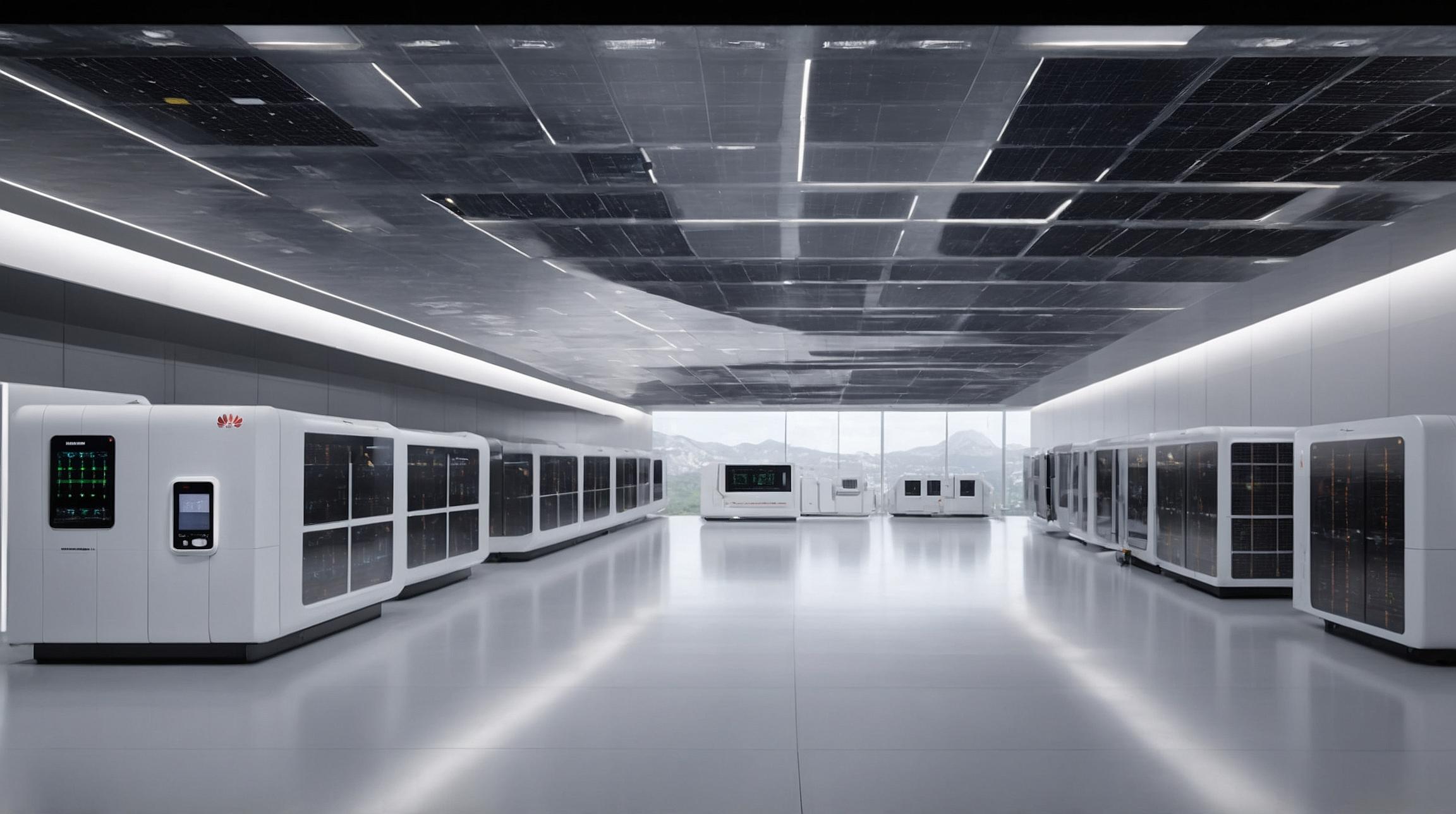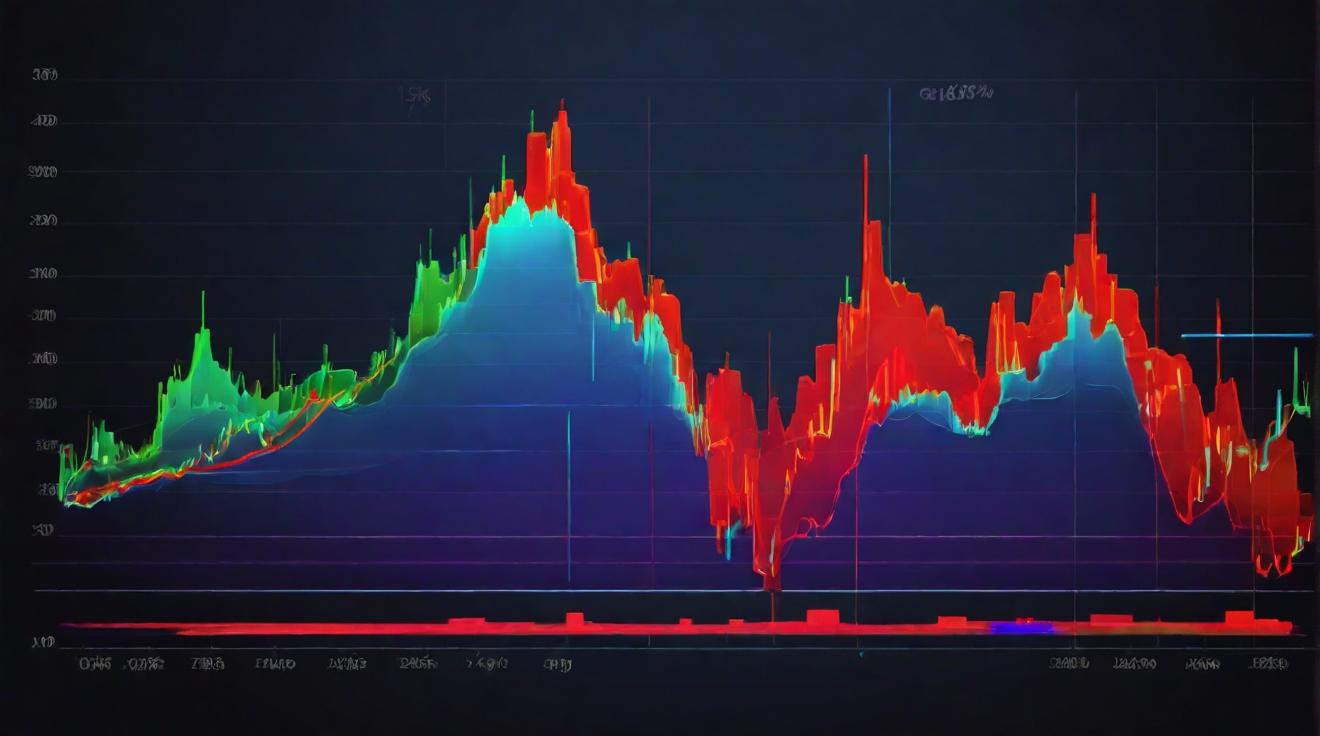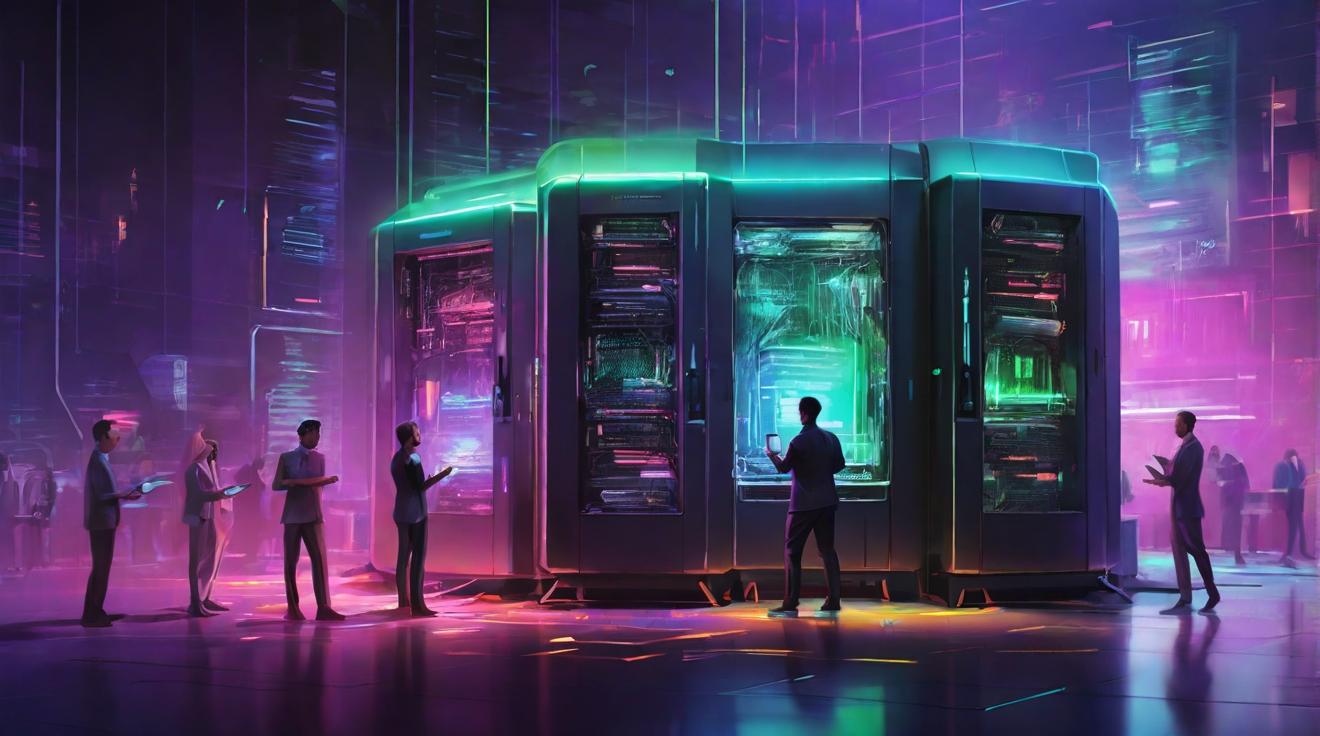Understanding Huawei's Smart String Grid-Forming ESS
Huawei, a global leader in technology, has recently achieved a significant milestone with its smart string grid-forming Energy Storage System (ESS). This system has passed a rigorous technology appraisal administered by the Chinese Society for Electrical Engineering. This appraisal is crucial as it confirms the solution's potential to enhance renewable energy integration and grid stability.
What is an Energy Storage System (ESS)?
An ESS is a technology that stores energy for later use. Imagine having a power bank for your home or business that collects and stores energy from renewable sources, like solar or wind, and then provides that energy when you need it. Huawei's ESS goes beyond just storing energy; it forms part of the grid, helping stabilize energy supply and demand.
Key Features of Huawei's ESS
The appraisal involved a committee of 13 experts who evaluated the system's capabilities. The ESS uses advanced technologies such as:
- Multi-site Self-Synchronized Amplitude and Frequency Regulation: This ensures the power supply remains stable by adjusting the energy output to match the grid's needs.
- Wideband Self-Stabilizing and Stabilizing Control Technology: This helps maintain grid stability, even in fluctuating power conditions.
- Smart String Two-Stage Conversion Architecture: Enhances efficiency by converting energy in stages, reducing losses.
Real-World Applications and Benefits
Huawei's ESS has been tested in various scenarios, including both on-grid (connected to the main power grid) and off-grid (independent) settings. In on-grid scenarios, it acts like a synchronous generator, which traditionally helps maintain grid stability. For off-grid scenarios, it supports microgrids that rely entirely on renewable energy, ensuring consistent power supply.
Expert Opinions and Future Directions
Shu Yinbiao, a director of the Chinese Society for Electrical Engineering, highlighted the innovative architecture of Huawei's ESS. The system has undergone extensive testing across multiple projects, proving its reliability and effectiveness. These tests are vital for setting future standards in grid-forming energy storage technology.
Hou Jinlong, Huawei's board director and president of Huawei Digital Power, emphasized the importance of continued investment in research and development (R&D) for grid-forming technologies. Huawei aims to collaborate with industry partners to standardize these technologies globally, ensuring safer and more efficient energy storage solutions.
In Summary
Huawei's smart string grid-forming ESS represents a breakthrough in energy technology, offering world-leading capabilities in improving power system stability and integrating renewable energy. Its successful technology appraisal underscores Huawei's commitment to innovation and sustainability in the energy sector.













